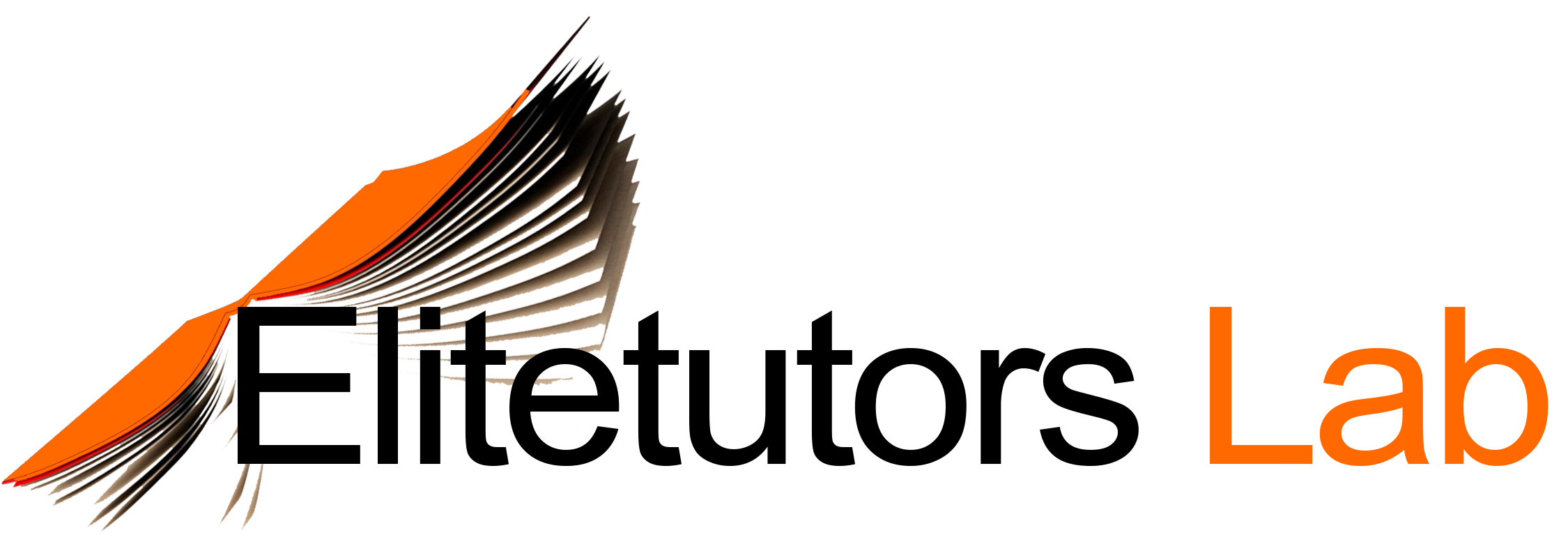To apply perceptive listening to tone color, musical elements, and terminology, listen to the pieces listed below and submit the requested written comments by October 2.
1) Review tone color of instruments of the orchestra: in the chapter 11 playlist, review the additional videos and the performance of Benjamin Britten’s Young Person’s Guide to the Orchestra (the last video). The theme is from music written by Henry Purcell (1658-1695) for a play in London, “Abdelazar, or the Vengeance of the Moor”. The tragedy of 1677 tells of vengeance, murder and deceit at the court of Spain. It was written by Aphra Behn (1640–89) one of the first professional English female writers. In his variations on Purcell’s famous theme Britten demonstrates the tone color of each family of the orchestra, and then subdivides each group to feature individual instruments.
Young Person’s Guide to the Orchestra, opus 34 is scored for piccolo, 2 flutes, 2 oboes, 2 clarinets, 2 bassoons, 4 horns, 2 trumpets, 3 trombones, tuba, harp, timpani, bass drum, snare drum, cymbals, tambourine, triangle, Chinese block, xylophone, castanets, gong, whip, 1st violins, 2nd violins, violas, cellos, double basses
2) When you have finished, practice recognizing instruments on the following site:
http://www.thirteen.org/publicarts/orchestra/orchestra03.swf
3) The death of architect Viktor Hartman in 1873, a friend of Modest Mussorgsky and of the Russian Group of Five, was at the origin of the composition of Pictures at an Exhibition. The following year, an exhibition of Hartman’s drawings and models was organized in his memory. Mussorgsky attended the exhibit, and under the emotion inspired by often conventional pictures wrote his visionary suite for piano in three weeks (June-July 1874). The composer paints musical pictures that correspond to his own fascinations and archetypes: popular scenes, the world of children, phantasmagorias, obsession with death, and attachment to the epic grandeur of ancient Russia. Certain paintings are linked by a Promenade (“in modo russico” –in the Russian mode), interlude in which Mussorgsky said one could perceive his own physiognomy. Exploiting all the sonorous resources and technical possibilities of the keyboard, and of great difficulty in execution, Pictures at an Exhibition have become just as popular in the orchestration written by Ravel in 1922.
Read the site by critic Tim Eagen for background information on Mussorgsky’s composition, access the link to Images for Pictures at an Exhibition at the bottom of the article, and view and the pictures described in Mussorgsky’s musical walk through the imagined art exhibition. http://www.stmoroky.com/reviews/music/pictures.htm
Then listen first to the original version for piano of Pictures at an Exhibition as composed by Mussorgsky, from the CD of Sviatoslav Richter: The Sofia recital 1958 ( library call number CDM SOF 001 with a remastered version of the legendary recital, or on line at http://www.youtube.com/watch?v=CitIXrkQfzo from the un-retouched 1960 LP), and afterwards listen to the orchestrated version by Ravel, from the Karel Ancerl Gold edition CD (library call number CDM MUS 001) or with Georg Solti and the Chicago Symphony online at http://www.youtube.com/watch?v=rDEaEJXMKuA . The Georg Solti video online gives a detailed explanation.
Describe the mood of each movement, and mention what musical elements contribute to achieve the atmosphere of these musical portraits for you. These could include structure of the melody, counter-melody, meter and rhythm, harmony, consonance and dissonance, major and minor modes, articulation (legato, staccato), tempo, dynamics, texture. Compare and contrast the original piano version with the version for orchestra, and for each movement list the most prominent instruments Ravel uses in his orchestration of Mussorgsky’s composition. Indicate which version you prefer, and why.
Pictures at an Exhibition (1874)
Modest Petrovich Mussorgsky (1839-1881)
Orchestrated by Maurice Ravel (1875-1937)
Movements:
Promenade
The Gnome
Promenade
The Old Castle
Promenade
Tuileries
Bydlo – Polish Oxcart
Promenade
Ballet of the Chicks in Their Shells
Samuel Goldenberg and Schmuyle
Limoges: The Market Place
Catacombs (With the Dead in a Dead Language)
The Hut on Fowl’s Legs (Baba Yaga)
The Great Gate of Kiev
4) Finally, listen to “Le Carneval des Animaux” by Saint Saëns.
For each movement specify the meter, comment on the rhythm (regular pattern, or syncopated), specify the scales you hear (major, minor, or chromatic), and list the instruments he uses to depict the animals of his “fantaisie zoologique”.
Camille Saint Saëns (1835-1921), “Le Carnaval des Animaux”
CDcall number: CDM SAI 001 or online: Part1 http://www.youtube.com/watch?v=hjaBGAfWGSU
Part 2 http://www.youtube.com/watch?v=YL-bBj4_8ME
Part 3 http://www.youtube.com/watch?v=dJphHQISWcM
1. Introduction and Royal March of the Lion
2. Hens and Roosters
3. Hemions (wild asses from Tibet, particularly rapid)
4. Tortoises
5. The Elephant
6. Kangaroos
7. Aquarium
8. Long-eared beasts,
9. The Cuckoo in the Woods
10. The Aviary (a large bird cage)
11. Pianists
12. Fossils
13, The Swan
14. Finale
For a custom paper on the above topic, place your order now!
What We Offer:
• On-time delivery guarantee
• PhD-level writers
• Automatic plagiarism check
• 100% money-back guarantee
• 100% Privacy and Confidentiality
• High Quality custom-written paper
